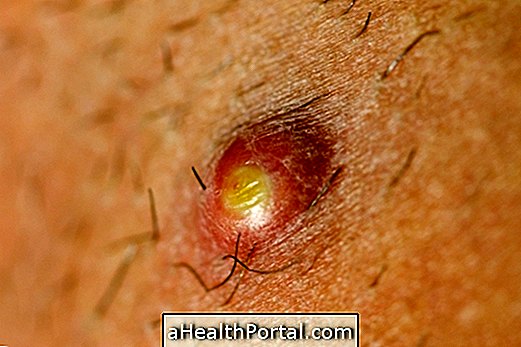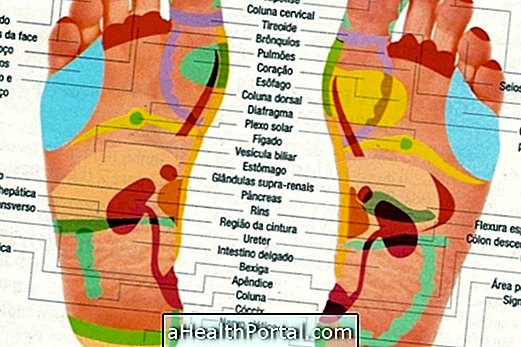Valley fever, also known as Coccidioidomycosis, is an infectious disease that is most often caused by the fungus Coccidioides immitis .
This disease is common in people who tend to fiddle with the earth, for example, because fungus spores are present in the soil and can spread through the air, affecting other people.
Inhalation of spores can lead to simple symptoms, such as fever and chills, and this stage of the disease is called acute valley fever. However, if the symptoms do not improve over time, there may be progression to the more severe form of the disease, known as valley fever or disseminated coccidioidomycosis, in which the fungus is not restricted to the lung only, it can reach other organs and cause symptoms more serious.
Typically, valley fever does not require specific treatment because its symptoms improve over time, and rest and fluid intake are recommended. However, in the most severe cases, the doctor may recommend the use of antifungal drugs, which are usually used for a period of 6 to 12 months.

Valley Fever Symptoms
The initial symptoms of valley fever are not very specific and may appear 1 to 3 weeks after the onset of infection. Usually the symptoms of coccidioidomycosis are mild and do not require treatment, and may be:
- Fever;
- Chest pain;
- Chills;
- Cough, which may or may not be accompanied by blood;
- Headache;
- Skin rashes, which usually arise in the legs, but may also appear in other areas of the body.
Generally the symptoms of acute valley fever resolve over time, but when this does not happen there is progression to the chronic form of the disease, in which the symptoms may be somewhat debilitating and may be:
- Low fever;
- Loss of appetite;
- Weight loss;
- Weakness;
- Chest pain;
- Formation of nodules in the lung.
Disseminated coccidioidomycosis is the most severe form of the disease and occurs when the fungus reaches other organs such as bones, liver, spleen, kidneys and brain, for example, causing specific symptoms such as nodules and ulcers and meningitis. It is important that the symptoms of this form of the disease be identified as soon as possible so that treatment can be started.
How transmission occurs
The fungus can infect people through its spores, which are easily inhaled by people, since they can be easily spread through the air, since they are mild. In addition, people who are in direct contact with soil or frequent building environments are more likely to inhale fungus spores.
Diagnosis of valley fever is done by chest X-ray to assess any lung involvement that the fungus may cause, as well as laboratory tests such as hemogram and sputum analysis to check the presence of the fungus. See how the sputum exam is done.
How is the treatment done?
Since the initial symptoms of valley fever are mild and usually improve over time, rest and ingestion of too much fluid is recommended. However, if there is worsening of symptoms and consequently occurrence of the most severe forms of the disease (chronic and disseminated), the physician may recommend the use of antifungal medicines such as Fluconazole, Itraconazole or Amphotericin B according to the medical recommendation.























